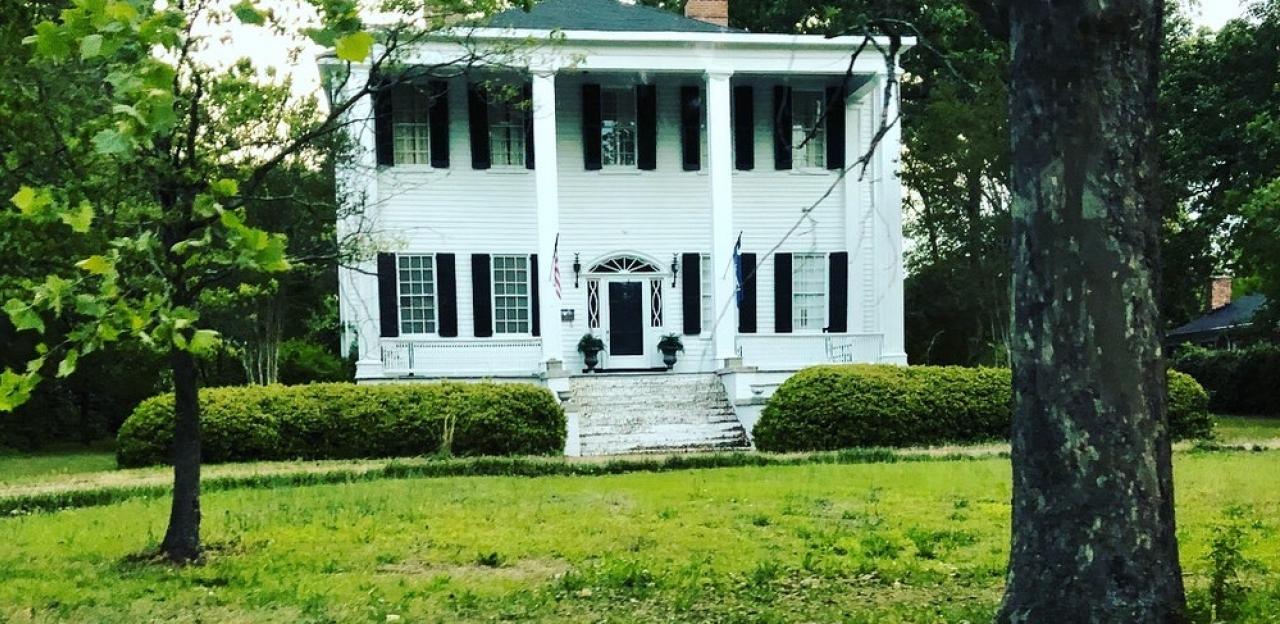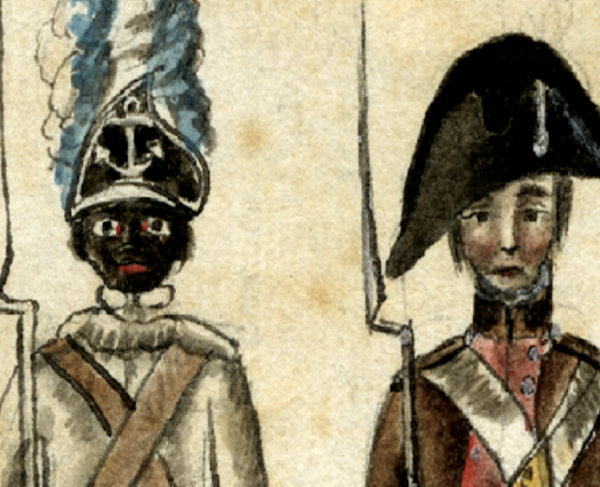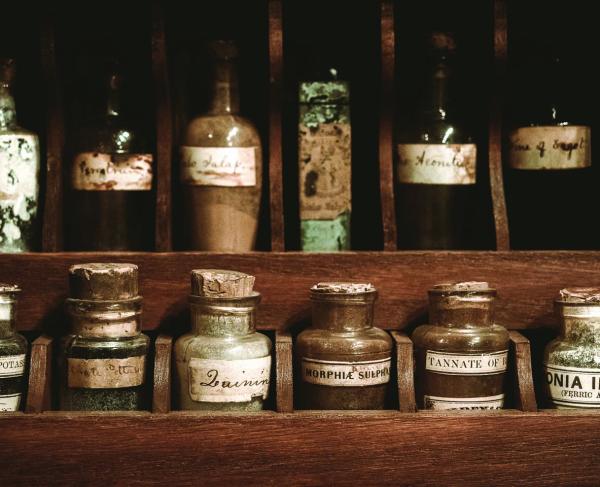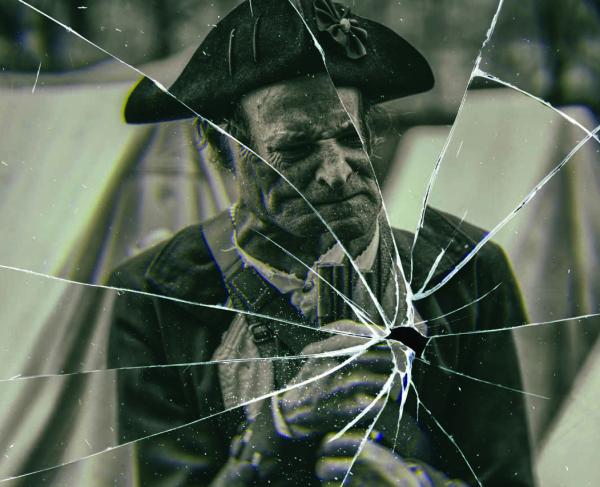Historic Camden

The thirteen feet of Major General Johann von Robais, Baron de Kalb’s obelisk monument stands in front of Bethesda Presbyterian Church in Historic Camden, South Carolina. Designed by famed nineteenth century architect Robert Mills, resting on 24 granite stones representing the states in the Union when its cornerstone was laid by the Marquis de Lafayette in 1825, it is a stalwart testament to the sacrifices laid bare by the citizens of South Carolina to the American Cause of liberty.
The British occupied Camden on June 1, 1780, only days after capturing Charleston, and immediately developed it as their main interior, backcountry post in South Carolina. Situated one hundred thirty miles northwest of Charleston near the Wateree River, the village of 20-some houses was fortified with redoubts and palisade. Vitally important to the British, it was the centrally located, backcountry headquarters amongst the many outer and inner posts established by Lord Cornwallis. Viewed east to west, the British fortified Georgetown, Cheraw, Camden, Ninety Six, and Augusta. American Major Generals Horatio Gates and Nathanael Greene marched on it successively, with the first suffering a rout in the Battle of Camden on August 16, 1780, and the second escaping in defeat from an attack on Hobkirk’s Hill. Cary’s Fort, Radcliffe’s Bridge, Rugeley’s Mill, Flat Rock, Beaver Creek, and Hanging Rock are some of the battles that were fought within twenty-five miles of Camden. Due to weakened support, British General Francis, Lord Rawdon abandoned Camden on May 10, 1781. Greene’s continued push in South Carolina eventually forced the British onto the coast, remaining encircled at Charleston until their evacuation in December 1782.
De Kalb, along with the young Marquis de Lafayette, arrived to Georgetown, South Carolina, on June 13, 1777, in their quest to support American independence. De Kalb commanded the American right wing in the Battle of Camden, last among his numerous military fights and feats on two continents. His Maryland and Delaware Continentals, inspired by their commander’s ignoring several personal wounds as he fought with them, continued to battle after the rest of the American army was routed. Receiving some ten injuries during the heated stand, it was the eleventh injury that finally brought de Kalb down. He was reportedly found on the battlefield by Lord Cornwallis himself, who had him treated by his personal surgeons. He died three days later in Camden. The town’s patriotic citizens and veterans erected the monument in 1825 in his honor because de Kalb’s “love of liberty induced him to leave the old world to aid the new in their struggle of Independence.”
Historic Camden is a demonstrative example of the recreation of colonial and revolutionary buildings, redoubts, and archeology located on the genuine site. The restoration efforts remain ongoing. Portions of the palisade, northeast redoubt, Cornwallis House, southeast redoubt, and powder magazine have been excavated and are partially reconstructed. Further additions to the grounds are planned. The historic Quaker Cemetery located in town contains the graves of many Revolutionary War soldiers, including memorials to de Kalb’s beloved Marylanders and Delawareans. There is also a visitor center dedicated to Camden’s place in the American Revolution. Today, the town has grown beyond it’s eighteenth century beginnings. Hobkirk’s Hill is completely residential now on the city’s northern edge. The battle ridge is still visible driving north from the center of Historic Camden to Greene Street, which runs east and west near the top of the hill. As it was during the heated battles of the Southern Campaign, Camden remains a pivotal historical site for locals and visiting guests, making its place a key destination with the state of South Carolina’s Liberty Trail initiative of keeping our history alive.


